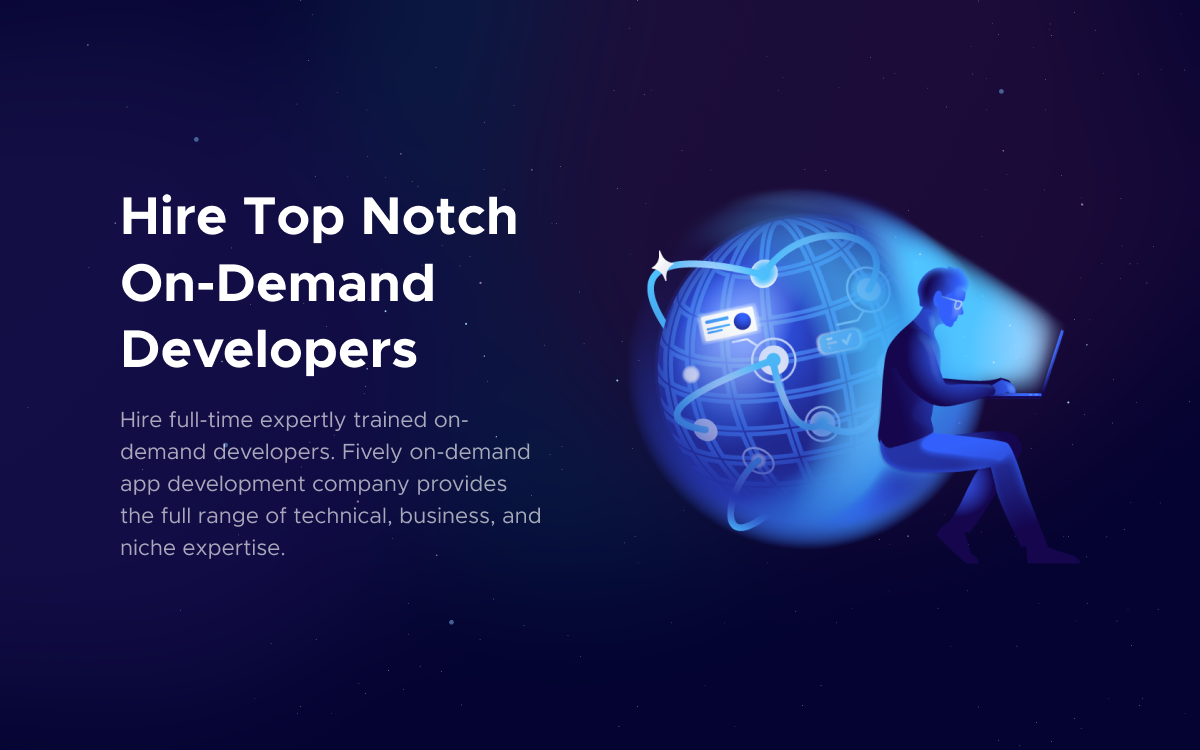Software Pricing Models: What’s the Difference?
Are you confused about software development pricing models? Let's streamline the information and sort out the details.
We spend a lot of time sorting out how to find and identify a good developer or how to find the right freelancer for a project, but there’s an equally important aspect that is often ignored until it’s too late to change things up. We mean software development pricing. It determines a set of activities to be done, timing, and a total price of a project. So, it’s important to get things straight at once and that’s what we’re going to do here.
In this blog post, we’ll cover the existing pricing frameworks and give you clues on how to choose the right pricing model for a project. We hasten to say that, apart from the conventional frameworks, development companies invent hybrid or customized pricing, sometimes naming is the mere difference. We can’t cover all of them either way. Nonetheless, you’ll learn to navigate the pricing and make your own judgments about its relevance with the help of our blog post.
Fixed Price for More Predictability
It's pretty obvious that one of the simplest contracts you’ll face is a fixed-price pricing model. Its idea is clear as a bell - one party offers a fixed sum of money, the other party does a fixed amount of work. This type of contract is perfect when you know precisely what you need as a business and/or product owner. The projects within the model must have a clear roadmap.
A fixed price can be a convenient format, but with some reservations. Things happen, so you may need an extra feature or another significant modification in the midst of work. Therefore, it will involve additional estimation and signing a new agreement, which is not always convenient. On the other hand, if your development team faces any troubles, they may be more occupied with meeting the deadlines rather than thorough problem identification and solving. As a result, you’ll get a messy code and a poor QA.
It’s Good to go for a Fixed Price if:
- You have a small project with a limited number of features to be made or want to get an MVP;
- You’ve worked out clear requirements and have no intention to make changes along the way;
- A professional and motivated team works for you respecting the fixed deadlines.
The Model Won’t Fit You Provided That:
- You need some time to prepare the requirements and schedule the deadlines;
- You don’t deny the possibility of introducing unplanned modifications during the development;
- You’re planning to have more control over your project - to check all tasks’ performance and approve all the iterations.
Modifications
- A fixed budget pricing model - you don’t have clear requirements but a limited budget that you’ll pay without reference to the amount of work;
- A fixed time pricing model - you want to launch your solution as soon as possible and pay for a certain number of working hours regardless of the final scope of work;
- A fixed scope pricing model - you clearly understand what kind of product you need and pay for the fixed amount of work, without looking at working hours and ready to increase the budget if needed.
A Perfect Match for Agile
When you play an important role in the software development process and don’t want to miss anything, consider a time and materials pricing model. This contract type implies that you pay for the hours spent on your solution and for the charges in relation to the working process. You estimate the approximate budget, timing, and the volume of work but understand that it can be altered. So, you pay at particular intervals for the work that is done.

T&M is very convenient for the supporters of Agile and Scrum because each sprint you discuss the tasks and their accomplishments with your team in order to analyze the intermediate result, change the plan if needed, and settle the payments. Such flexibility allows you to get the exact outcome you need.
T&M is Just Right When:
- Your project is of a mid- or long-term duration and you really care about its quality;
- You are determined to participate in the working process;
- You are not limited by finance, time, and specifications that are carved in stone
Consider Other Options if:
- You want to know the target date in advance;
- You aren’t ready to delve into development management;
- You are nervous not knowing the final price
Modification
- A milestone pricing model - you’ve achieved a common understanding with your developer and pay for a certain scope of work completed within a previously defined term
Getting Total Control
You can also hire a team of developers to work on your product and pay them for the hours spent working on it. It’s called a dedicated team pricing model and reminds in-house, apart from the fact that you can regulate the number of staff and aren’t obliged to pay for their workplace, sick leaves, holidays, and so on.
A Dedicated Team is the Best Idea When:
- You have impressive experience in IT project management;
- You are ready to spend time on the selection of the candidates;
- You want to get the highest level of control and avoid additional payments
Consider Other Software Development Pricing Models if:
- You don’t understand the exact number of hours spent by each team member and can’t evaluate the final cost;
- You don’t have enough resources to control the working process

Wrapping up
Now you know the basic pricing models in IT and their derivatives. As you may see, there are no better or worse variants - all the contract types need certain terms and conditions to become the most advantageous.
If you are looking for an expert and agile development team, contact us - Fively can become your dream tech partner.

Need Help With A Project?
Drop us a line, let’s arrange a discussion















